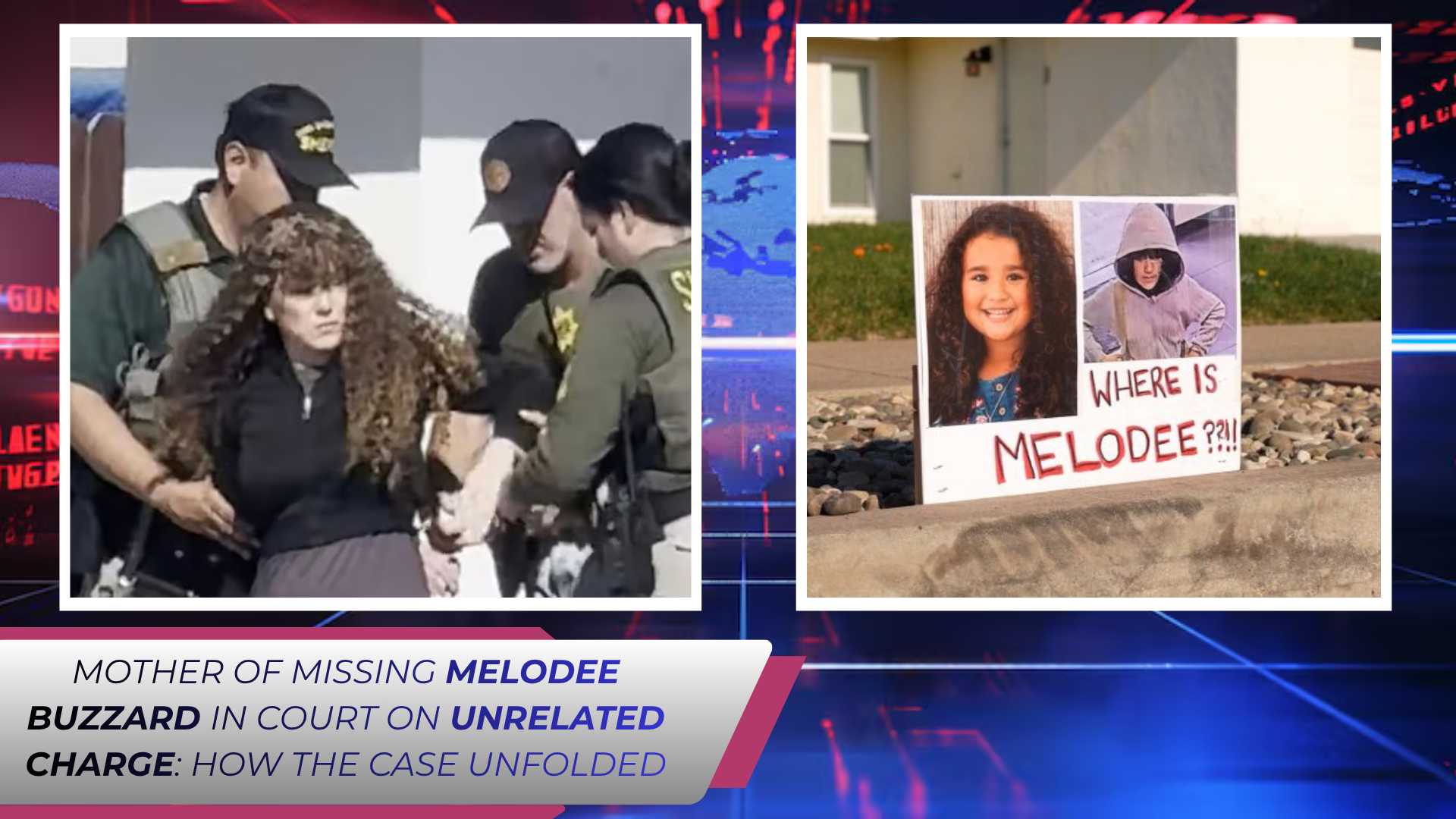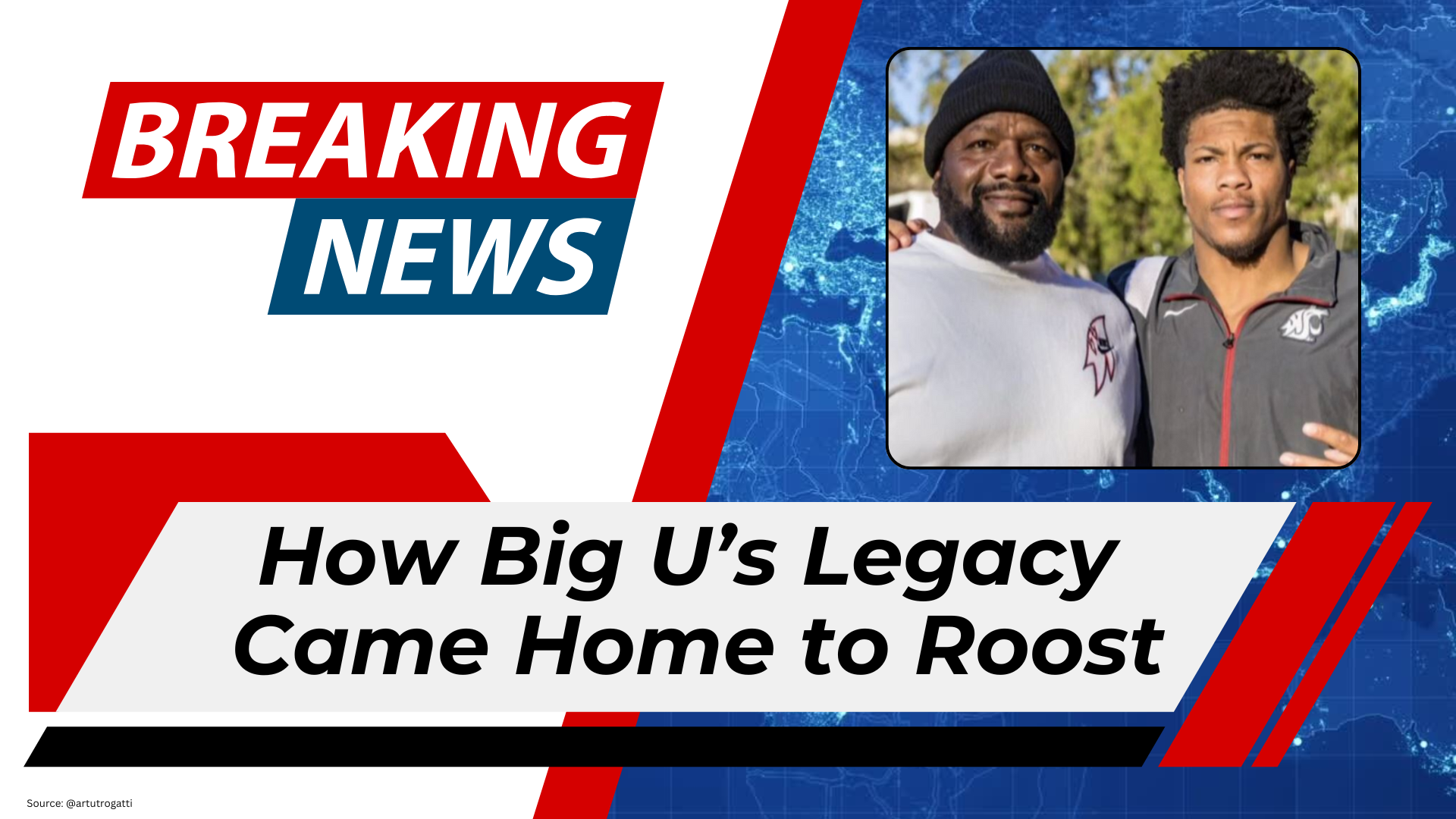In communities across the country, children often find themselves caught in the criminal justice system at a young age, frequently for offenses that stem from unmet needs, trauma, or lack of guidance. In Hamilton, a proactive approach is taking shape—a concerted effort to reach kids before they ever step foot in a courtroom. The goal is simple but profound: intervene early, provide support, and prevent the cycle of incarceration from starting in the first place.
Early Intervention as a Strategy
Hamilton’s initiative centers on early intervention programs that focus on identifying at-risk youth before minor missteps escalate into legal troubles. Social workers, counselors, and community mentors work together to assess children’s environments, provide mental health support, and address the root causes of delinquent behavior.
“Too often, children enter the system because no one was there to guide them at the right moment,” said Maria Thompson, director of Hamilton Youth Outreach. “Our approach is about prevention, not punishment. We want to ensure every child has a chance to thrive without a criminal record defining their future.”
Coordinating with Schools and Families
A key component of Hamilton’s approach is collaboration with schools and families. Teachers, principals, and school counselors are trained to recognize warning signs of behavioral or emotional distress that may lead to encounters with law enforcement. Early referrals to youth outreach programs allow trained professionals to step in, providing mentorship, counseling, or skill-building activities.
Families are also an integral part of the equation. Programs aim to strengthen family units through parenting workshops, conflict resolution training, and resources for mental health care. By addressing stressors at home and in school, the initiative hopes to create an environment where children can make better choices and avoid legal consequences.
Beyond Traditional Policing
Hamilton’s approach represents a shift from reactive policing to proactive community engagement. Law enforcement officers work closely with social service providers to divert cases away from the courts whenever possible. Minor infractions—such as vandalism, truancy, or petty theft—are handled through restorative justice programs, community service, or counseling rather than arrests and formal charges.
“Restorative justice allows kids to understand the impact of their actions without the long-term consequences of a criminal record,” said Officer James Reynolds, a liaison for the Hamilton Police Youth Program. “It’s about accountability, but it’s also about giving them a second chance.”
Addressing Trauma and Mental Health
Underlying many juvenile offenses is unaddressed trauma, whether from family instability, exposure to violence, or other adverse experiences. Hamilton’s youth programs prioritize mental health support, providing counseling, therapy, and safe spaces for children to process difficult emotions.
One program, the Hamilton Resilience Initiative, pairs trained counselors with at-risk youth for weekly sessions that combine cognitive-behavioral therapy with mentorship. Children learn coping strategies, emotional regulation, and conflict resolution skills—tools that reduce the likelihood of repeated offenses and foster personal growth.
Measuring Impact
Early indicators suggest that Hamilton’s proactive approach is making a difference. Schools report fewer disciplinary referrals escalating to law enforcement, and the juvenile justice system is seeing a decline in first-time offenders. Program coordinators emphasize, however, that long-term success requires consistent investment and community buy-in.
“Success isn’t just measured by the number of arrests we prevent,” Thompson explained. “It’s about seeing kids graduate, stay in school, and develop the confidence and skills to make positive choices for themselves and their community.”
Community Engagement
Community involvement is critical to Hamilton’s strategy. Local nonprofits, businesses, and volunteers provide mentorship opportunities, after-school programs, and recreational activities that keep youth engaged in positive ways. By offering alternatives to risky behavior and unsafe environments, the programs aim to reduce the factors that often lead children into the court system.
Parents like Angela Ruiz have seen the impact firsthand. Her 14-year-old son, once at risk for truancy and minor theft, now participates in mentorship and skill-building programs through Hamilton Youth Outreach. “The change is incredible,” she said. “He has a sense of purpose now, and we didn’t have to go through the courts to get him there.”
Challenges and Next Steps
Despite progress, challenges remain. Funding constraints, staffing shortages, and the need for broader systemic reform continue to limit the reach of these programs. Advocates are calling for additional resources from local government, state agencies, and private donors to expand successful initiatives and ensure they reach every child in need.
“There’s no one-size-fits-all solution,” said Reynolds. “But if we can intervene early, address the underlying issues, and provide consistent support, we can change trajectories. Every child we help before they enter the court system is a success story for the entire community.”
A Model for Other Communities
Hamilton’s efforts serve as a model for other municipalities struggling with juvenile justice issues. By prioritizing prevention, mental health, and community engagement over punitive measures, the city demonstrates that children in crisis can be guided toward positive futures rather than punitive outcomes.
The philosophy driving Hamilton’s approach is clear: children are not criminals—they are individuals in need of support, understanding, and guidance. Through early intervention, the city is proving that when the community comes together, it can reach kids before the courts do, breaking cycles of incarceration and creating lasting change.
%20(4).png)



.png)
.jpg)



